Last Updated on 03/12/2025
- Are you tired of Microsoft constantly invading your privacy by having their AI watch everything you do?
- Are you tired of how bloated Windows has become?
- Are you interested in privacy and having the freedom of choice?
- Are you interested in trying Linux but don’t know where to start?
If you answered yes to most of the questions above then hopefully this can help you get started with Linux.
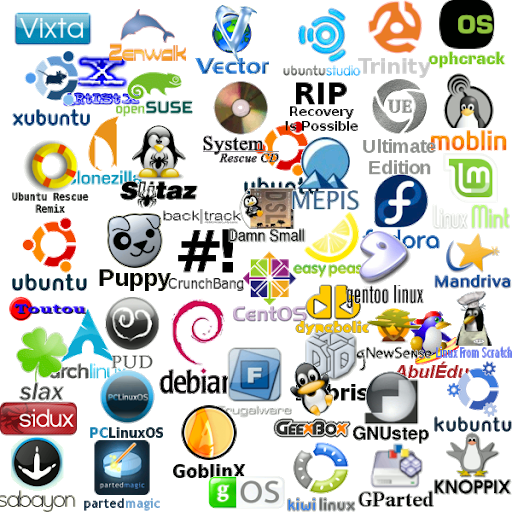
There are many hardcore Linux users out there that will scream loud on which Linux they think is best. Do not listen to any of those opinions. The best Linux is the one you feel most comfortable with.
I recommend trying out a few different Linux distribution so you can find the one flavor that you like. In the end, the user is you and thus your needs is what matters.
It is impossible to cover all the different Linux variants out there, so this guide will focus on a select few which is more user friendly for a beginner and feels more similar to how Windows and MacOS are.
Linux distribution family
The main families of Linux distributions are Debian (which includes the Ubuntu family), Fedora (which includes the Red Hat family), and Arch. These families serves as the foundation for many other distributions.

Debian-based
Includes Kali Linux, Linux Mint Debian Edition, Parrot OS, MX Linux, Ubuntu, Knoppix and so on.
Ubuntu-based
Ubuntu is a derivative of Debian, meaning it is built upon Debian’s foundation. An Ubuntu-based operating system is a Linux distribution built on top of Ubuntu’s core, inheriting its stability, security, and vast software repositories.
Includes Kubuntu, Lubuntu, Pop!_OS, Zorin OS, Linux Mint, elementary OS, Xubuntu, Ubuntu Budgie, Ubuntu MATE, Ubuntu Cinnamon and so on.
Fedora-based (Red Hat family)
Red Hat Enteprise Linux (RHEL), Fedora, AlmaLinux, Aurora, Rocky, bazzite, Nobara, Project Bluefin and so on.
Arch-based
Arch Linux, Manjaro, CachyOS, Garuda, Omarchy, EndeavourOS, RebornOS
Linux Desktop Environments (GNOME, KDE, MATE, Xfce, Cinnamon, etc.)
If you have already looked around a little you will probably have seen some of these names. These are different desktop environments. Just like the Windows desktop or the macOS desktop. With Linux you have many different flavors of desktop environments. Going from fancy looking which is more resource heavy (aimed towards modern computers) to lightweight desktops built for speed and snappiness (often aimed at computers with older hardware but also works on modern computers).
A Linux desktop environment (DE) is a collection of software that provides a graphical user interface (GUI), including icons, toolbars, and windows, to allow users to interact with the operating system visually. It bundles components like a window manager, file manager, and system settings to create a complete and user-friendly desktop experience. Popular examples include GNOME, KDE Plasma, and Cinnamon
With so many different desktop environments available it’s important that you try a couple of different ones to find what you like.
Package Managers
Linux distributions use different package systems. Packaging systems are methods for organizing and distributing software in an archive format that includes the application’s files, dependencies and metadata. They simplify software management by automating the installation, updating, and removal of applications through tools called package managers.

The most common package families are APT for Debian-based systems (like Debian, Ubuntu, Mint, Zorin OS, etc.), RPM (with DNF/YUM) for Fedora-based systems (like Fedora, Red Hat, CentOS, Rocky, Aurora, etc.), and Pacman for Arch Linux and its derivatives.
And then you have the newer more universal package systems that works on all of the different Linux-based systems mentioned above, like Snap, Flatpak and AppImage.
How do you use your computer on daily basis?
Think about how you use your computer on a daily basis. Some use it to browse the web, read and send emails and minor gaming. Other’s might use their computer for creativity, like a studio. And then there are gamers who needs the latest drivers for the more heavier demand games. Coders have other needs.
Whoever you are, there is a Linux distributions for everyone.
Here is a list of FREE apps available on Linux:
- Video editing: Kdenlive (alternative to Adobe Premiere Pro), DaVinci Resolve (alternative to Adobe Premiere Pro), Shotcut
- Video converter: Handbrake
- 3D graphics & animation: Blender (alternative to 3ds Max, Adobe After Effects)
- Image editing: Krita (alternative to Adobe Photoshop, Clip Studio Paint), GIMP (alternative to Adobe Photoshop, Affinity Photo)
- Illustration: Inkscape (alternative to Adobe Illustrator), Pencil2D Animation
- Audio production: Ardour (alternative to Ableton Live), Audacity
- Media player: VLC media player, Kodi
- Office suite (alternatives to Microsoft Office): LibreOffice, OnlyOffice, OpenOffice
- PDF editor: Okular (alternative to Adobe Acrobat Reader, Foxit PDF Editor, SumatraPDF)
- Desktop publishing: Scribus (alternative to Adobe InDesign)
- Note-taking: Xournal++ (alternative to Microsoft OneNote), Joplin (alternative to Microsoft OneNote, Google Keep, Evernote), Obsidian (alternative to Microsoft OneNote, Google Keep, Evernote)
- CAD: FreeCAD (alternative to AutoCAD)
- Screen recording & streaming: OBS Studio
- Screenwriting tool: Trelby (alternative to Final Draft)
- Programming environment: VSCodium (alternative to Visual Studio Code, PHPStorm, Adobe Dreamweaver), Visual Studio Code (alternative to PHPStorm, Adobe Dreamweaver)
Extra information for gamers
If you are a gamer you need to know that there are some games that do not work on Linux due to their incompatible anti-cheat. If you don’t need to play any of these games then there is no reason to stay on Windows.
If you wonder if a game is compatible or not with Linux you can check that at ProtonDB .
Games that don’t work on Linux:
- Destiny 2
- Fortnite
- League of Legends
- Valorant
- Call of Duty
Key tools and software:
- Proton: A compatibility layer integrated into Steam that allows many Windows games to run on Linux. It’s the foundation for making a large portion of the PC game library available.
- Lutris: A game manager that simplifies installing and running games from various sources, including native Linux games, Windows games, and emulators. Lutris integrates with most game launchers such as Battle.net, EA App and Ubisoft Connect.
- Heroic Games Launcher: An open-source alternative launcher for games from the Epic Games Store, GOG, and Amazon Prime Games, making it easier to access non-Steam games on Linux.
- Itch.io: Itch.io is a digital storefront for indie video games, but it also hosts other digital creative works like comics, zines, and music.
- ProtonDB: A website where users share compatibility reports and performance information for games on Linux.
Immutable, Stable and Bleeding Edge
“Immutable,” “stable,” and “bleeding edge” describe different software development and release philosophies. Immutable systems are unchangeable and more predictable, prioritizing stability through a read-only core and atomic updates. Stable releases focus on reliability over new features, holding software versions for a long time and providing only bug fixes. Bleeding edge refers to the absolute latest, most experimental software, which is often unstable and has not been fully tested.
Stable
The default of Linux distributions is to be stable, also known as non-immutable or mutable. This is the standard, traditional Linux operating system where the root file system is designed to be writable and can be modified by the user and applications. This contrasts with immutable Linux distributions (like Fedora Silverblue or Ubuntu Core), which lock the system’s core components to be read-only for increased stability, security, and reliability.
- What it is: A release that prioritizes reliability and dependability over having the newest features.
- Key characteristics: Software versions are locked in and change infrequently, receiving only bug fixes and security patches. This predictability makes them suitable for long-term use where consistency is key.
- Best for: Servers, businesses, or users who need a system that they can set up and largely forget about. Examples include Debian Stable and Ubuntu LTS releases.
Immutable
An immutable Linux is a system where the core operating system is read-only, making it highly stable and resistant to breakage from software issues. Updates are applied by creating a new system image, and users can roll back to a previous version if an update fails. Applications are often installed via containers or package formats like Flatpak and Snap, while user data and configuration remain in a separate, writable area.
- What it is: A system where the core components are read-only, and changes are made through atomic updates that replace the entire system state rather than modifying it in place.
- Key characteristics: Highly resistant to breaking, more secure, and offers enhanced stability because accidental changes are prevented.
- Best for: Users who want a very predictable, reliable, and low-maintenance system, such as embedded systems, kiosks, or those who don’t want to worry about system configurations. Examples include some configurations of Fedora, Android, and SUSE’s MicroOS.
Bleeding edge
“Bleeding edge” Linux refers to distributions that prioritize having the very latest software versions, even at the risk of instability. These are ideal for users who want immediate access to new features and hardware support and are willing to troubleshoot bugs. Examples include Arch Linux, Fedora, and Debian Sid. In contrast, “stable” distributions like Debian (stable) or Ubuntu LTS prioritize reliability and are not suitable for those seeking cutting-edge software.
- What it is: The absolute latest software, which may be experimental and not fully tested.
- Key characteristics: Contains the newest features and fixes, but with a higher risk of bugs and instability.
- Best for: Developers or enthusiasts who need the latest features and are willing to tolerate potential issues and the extra troubleshooting that comes with it. Examples include rolling-release distributions like Arch Linux and some Fedora distributions.
Linux File System
To a Windows user, the Linux file system can be understood as a unified, hierarchical system without drive letters, where everything is a file, including hardware devices.
The Linux root user is the direct equivalent of the Windows Administrator account: both are the “superuser” accounts with the highest level of system privileges.
The Linux command sudo (short for substitute user do, or less commonly, superuser do) is the equivalent of a Windows “Run as Administrator” prompt or a User Account Control (UAC) notification.
Key Differences from a Windows Perspective
Windows
- Organization: Multiple separate “roots” (drive letters like
C:\,D:\) - Path Separator: Uses backslashes (
\) - Case Sensitivity: Generally case-insensitive (
File.txtis the same asfile.txt) - Devices/Partitions: Exposed as drive letters (C:, D:, E: and so on)
- File Types: Differentiates clearly between files, folders, and devices
Linux
- Organization: A single, unified hierarchy starting with the root directory (
/) - Path Separator: Uses forward slashes (
/) - Case Sensitivity: Case-sensitive (
File.txtis different fromfile.txt) - Devices/Partitions: “Mounted” (attached) to a directory within the main
/tree, often under/mediaor/mnt - File Types: Everything is a file (directories are just special files that contain names of other files, and devices are represented by files in
/dev)
Imagine the “C:” drive in Windows, but instead of having other drives next to it, the other drives (and network shares, USB sticks, etc.) are just folders inside C:\. This top-level directory is called the root directory, denoted simply by a forward slash (/).
Instead of having applications, user data, and system files all primarily on the C: drive, Linux organizes files by their purpose into specific, standardized directories.
/ — Root of the entire file system/bin and /usr/bin — These directories contain essential command-line tools and executable programs, similar to files in C:\Windows\System32 or application executables found in C:\Program Files./etc — This directory holds system-wide configuration files. This is roughly where you’d find configuration settings that might be scattered in various places like the Windows Registry or .ini files in C:\Windows./home — This is where user directories are stored, similar to C:\Users in Windows. Your personal files, documents, and desktop are typically here (e.g., /home/username)./root — Root user’s home directory./dev — This is a virtual directory where hardware devices (like hard drives, USB ports, etc.) are represented as files. You don’t interact with hardware directly with a drive letter; you interact with a file (e.g., /dev/sda1)./proc — Contains virtual files that provide information about running processes and the system’s status, not physical files on a disk./mnt and /media — These are common places where you temporarily access other drives or external media like USB sticks or network shares./opt — Optional, designated for the installation of optional or add-on application software packages.
Understanding the unified hierarchical structure and the purpose of these standard directories will make navigating a Linux system much more intuitive for a Windows use.
Which Linux distribution to choose?
Time to suggest some Linux distributions. All the Linux distributions suggested here should be a good starting point for any newcomer to the Linux world, and all should be considered stable and safe to use even though they are using bleeding edge technology. This is due to their release strategy which includes a good amount of testing before updates are released to the public.
Average users
Gamers
Developers
Artists and creative
Security focused
Education
Retro gamer

Aurora is a clean and reliable desktop operating system for every type of user.
Aurora features a lightly customized KDE Plasma desktop experience that can be customized indefinitely. Install the system once and forget about maintenance. Updates are automatic. Upgrade your system in one-click, including all your apps.
Linux family: Fedora
Technology: Immutable
Get Aurora here: https://getaurora.dev/en

Linux Mint – The friendly operating system
Linux Mint is an operating system for desktop and laptop computers. It is designed to ‘work out of the box’ and comes fully equipped with the apps most people need.
Linux family: Ubuntu
Technology: Stable
Get Linux Mint here: https://www.linuxmint.com/

Zorin OS – The alternative to Windows and macOS designed to make your computer faster, more powerful, secure, and privacy-respecting.
Zorin OS is designed to be easy, so you don’t need to learn anything to get started. It comes with all the essential apps you need out of the box. You can even run many Windows apps in Zorin OS with Windows App Support.
Linux family: Ubuntu
Technology: Stable
Get Zorin OS here: https://zorin.com/os/

Ubuntu – The secure, modern operating system used by millions.
Ubuntu today has many flavors and dozens of specialized derivatives. All editions share common infrastructure and software. The Ubuntu desktop is by far the world’s most widely used Linux workstation platform, powering the work of engineers across the globe.
Linux family: Debian
Technology: Stable
Get Ubuntu here: Ubuntu, Ubuntu Cinnamon, Ubuntu Budgie, Ubuntu MATE, Kubuntu, Lubuntu, Xubuntu

Elementary OS – The thoughtful, capable, and ethical replacement for Windows and macOS
Elementary OS is known for its clean, minimalist, and user-friendly interface, designed as an alternative to macOS and Windows. If features the custom Pantheon desktop environment and a curated set of built-in applications for your every day need. The operating system emphasizes design consistency and ease of use, and uses a “pay-what-you-want” model for downloads.
Linux family: Ubuntu
Technology: Stable
Get Elemantary OS here: https://elementary.io/

bazzite – The next generation of Linux Gaming for all your devices.
Bazzite comes ready to rock with Steam and Lutris pre-installed, Steam Game Mode, HDR support for AMD GPUs, and numerous community-developed tools for your gaming needs. With support for handhelds PCs, NVIDIA drivers and the latest Mesa for AMD & Intel pre-installed, and numerous tweaks applied as needed to ensure your games just work.
Linux family: Fedora
Technology: Immutable
Get bazzite here: https://bazzite.gg/

Garuda Linux – Simple by default, powerful when needed
Garuda Linux provides opinionated settings that make the Arch Linux base easy to use. From installation to daily use. They focus on providing a beautiful and easy-to-use desktop experience for everyone.
Garuda Linux’s gaming edition includes a comprehensive suite of gaming software like Steam, Lutris, and various emulators. It also features the Garuda Gamer GUI, which helps users easily install additional gaming-related software and games.
Linux family: Arch
Technology: Bleeding edge
Get Garuda Linux here: https://garudalinux.org/

CachyOS – Blazingly fast and customizable Linux distribution
CachyOS is designed to deliver lightning-fast speeds and stability, ensuring a smooth and enjoyable computing experience every time you use it. Whether you’re a seasoned Linux user or just starting out, CachyOS is the ideal choice for those looking for a powerful, customizable and blazingly fast operating system.
CachyOS includes gaming-related software like Steam, Lutris, and the Heroic Games Launcher through meta packages, along with a customized version of Proton called Proton-CachyOS. It also features tools for performance optimization and system integration, such as a power profiler and compatibility with game-specific workarounds.
Linux family: Arch
Technology: Bleeding edge
Get CachyOS here: https://cachyos.org/

Pop!_OS – Unleash your potential, a Linux operating system empowering fun, discovery, and user freedom.
Pop!_OS is designed for fast navigation, easy workspace organization, and fluid, convenient workflow. It is designed in-house by System76, the US computer manufacturer.
Pop!_OS includes the Pop!_Shop for easily installing Steam, Lutris, and GameHub. Steam allows for playing native Linux games and Windows games via Proton, while Lutris and GameHub help manage games from other platforms like GOG and itch.io
Linux family: Ubuntu
Technology: Stable
Get Pop!_OS here: https://system76.com/pop/

Nobara Linux – “wild rose” (nobara) symbolizes resilience, beauty, and growth, reflecting its goal of providing a user-friendly and powerful Linux experience.
Nobara Linux is a user-friendly spin of Fedora Linux designed to improve the out-of-the-box experience for gaming, streaming, and content creation. It includes pre-installed proprietary drivers like NVIDIA, essential gaming tools, multimedia codecs, and other user-friendly fixes that are not present in a standard Fedora installation.
Nobara Linux includes gaming-specific software and optimizations right out of the box, such as Steam, Lutris, Proton-GE, Wine with all its dependencies, and various gaming-related patches. It also includes multimedia codecs and pre-configured NVIDIA and AMD drivers to streamline the setup process for users.
Linux family: Fedora
Technology: Bleeding edge
Get Nobara Linux here: https://nobaraproject.org/

Fedora – It’s your Operating System.
Fedora Workstation is a polished, easy to use operating system for laptop and desktop computers, with a complete set of tools for developers and makers of all kinds.
Linux family: Fedora
Technology: Bleeding edge
Get Fedora here: https://fedoraproject.org/

Fedora Silverblue – The GNOME desktop experience you know and love in an atomic fashion.
Fedora Silverblue is an immutable operating system that uses a read-only root file system, providing a more stable and reliable experience than traditional desktop systems. It offers atomic upgrades, easy rollbacks, and a secure, containerized environment for applications and development tools. This makes it a good choice for developers, particularly those who work with containers, and users who prioritize system stability and security
Linux family: Fedora
Technology: Immutable
Get Fedora here: https://fedoraproject.org/atomic-desktops/silverblue/

AnduinOS – Smaller image, friendly interface, unbeatable performance, safe and secure.
AnduinOS is a custom Ubuntu-based Linux distribution that offers a familiar and easy-to-use experience for anyone moving to Linux.
Linux family: Ubuntu
Technology: Stable
Get AnduinOS here: https://www.anduinos.com/

Bluefin – The next generation Linux workstation, designed for reliability, performance, and sustainability.
Bluefin is an operating system featuring the best of both worlds: The reliability and ease of use of a Chromebook and the power of a GNOME desktop.
For developers. Container focused workflows to get you started depending on where you’re coming from, or bring your own. Wield the industry’s leading tools at your fingertips.
Linux family: Fedora
Technology: Bleeding edge
Get Bluefin here: https://projectbluefin.io/

Debian – The Universal Operating System
Debian is a free and open-source Linux-based operating system developed by a global community of volunteers. Founded in 1993 by Ian Murdock, it is known for its stability and large software repository, and it serves as the basis for many other popular Linux distributions.
Linux family: Debian
Technology: Stable
Get Debian here: https://www.debian.org/

Manjaro – Empowering People and Organizations
Manjaro is a user-friendly, free, and open-source Linux distribution based on Arch Linux, focusing on accessibility for both beginners and experienced users.
Manjaro includes pre-installed desktop environments, graphical software managers, and automatic hardware detection, which aims to make it easier to use “out of the box” compared to its more technical upstream source, Arch Linux.
Linux family: Arch
Technology: Stable
Get Manjaro here: https://manjaro.org/

Omarchy – Beautiful, Modern & Opinionated Linux
Omarchy is a pre-configured Arch Linux distribution with the Hyperland tiling window manager, designed for immediate productivity, especially for developers. It comes with a set of opinionated settings, themes, and pre-installed software like Neovim, Spotify, and LibreOffice, aiming to provide a polished and aesthetically pleasing system out of the box, unlike a standard Arch installation that requires manual setup.
Linux family: Arch
Technology: Bleeding edge
Get Omarchy here: https://omarchy.org/
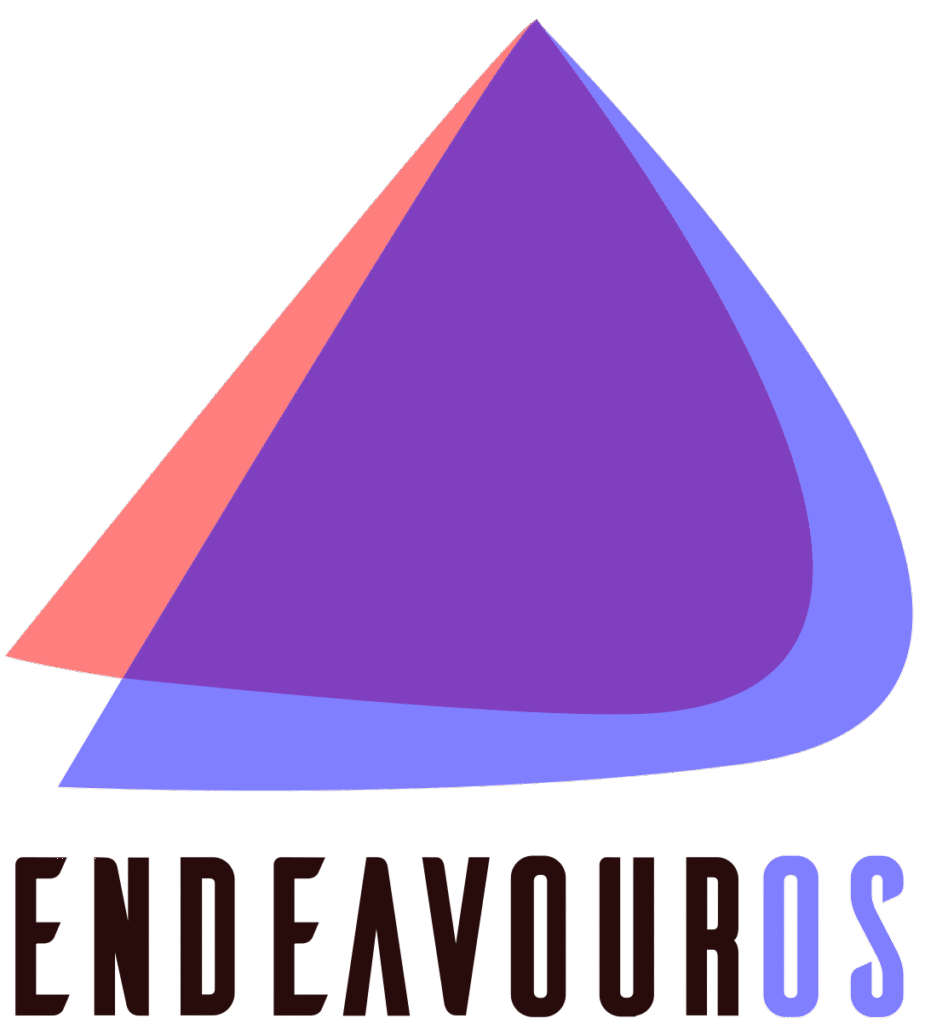
EndeavourOS – Start your Endeavour with a lightweight Arch-based, terminal centric system ready to personalise and a stellar community at your side.
A distro that is lightweight and ships with a minimum amount of preinstalled apps. An almost blank canvas ready to personalize.
Linux family: Arch
Technology: Bleeding edge
Get EndeavourOS here: https://endeavouros.com/

Ubuntu Studio – A Content Creation Studio on Your Computer. …and it’s free!
Ubuntu Studio is an operating system for creative individuals in the areas of audio production, video production, graphics design, photography, and desktop publishing.
Linux family: Ubuntu
Technology: Stable
Get Ubuntu Studio here: https://ubuntustudio.org/

Fedora Design Suite – Looking for a ready-to-go desktop environment brimming with free and open source multimedia production and publishing tools? Try the Design Suite, a Fedora Spin created by designers, for designers.
The Design Suite includes the favorite tools of the Fedora Design Team. These are the same programs they use to create all the artwork that you see within the Fedora Project, from desktop backgrounds to CD sleeves, web page designs, application interfaces, flyers, posters and more. From document publication to vector and bitmap editing or 3D modeling to photo management, the Design Suite has an application for you — and you can install thousands more from the Fedora universe of packages.
Linux family: Fedora
Technology: Bleeding edge
Get Fedora Design Suite here: https://fedoraproject.org/labs/design-suite
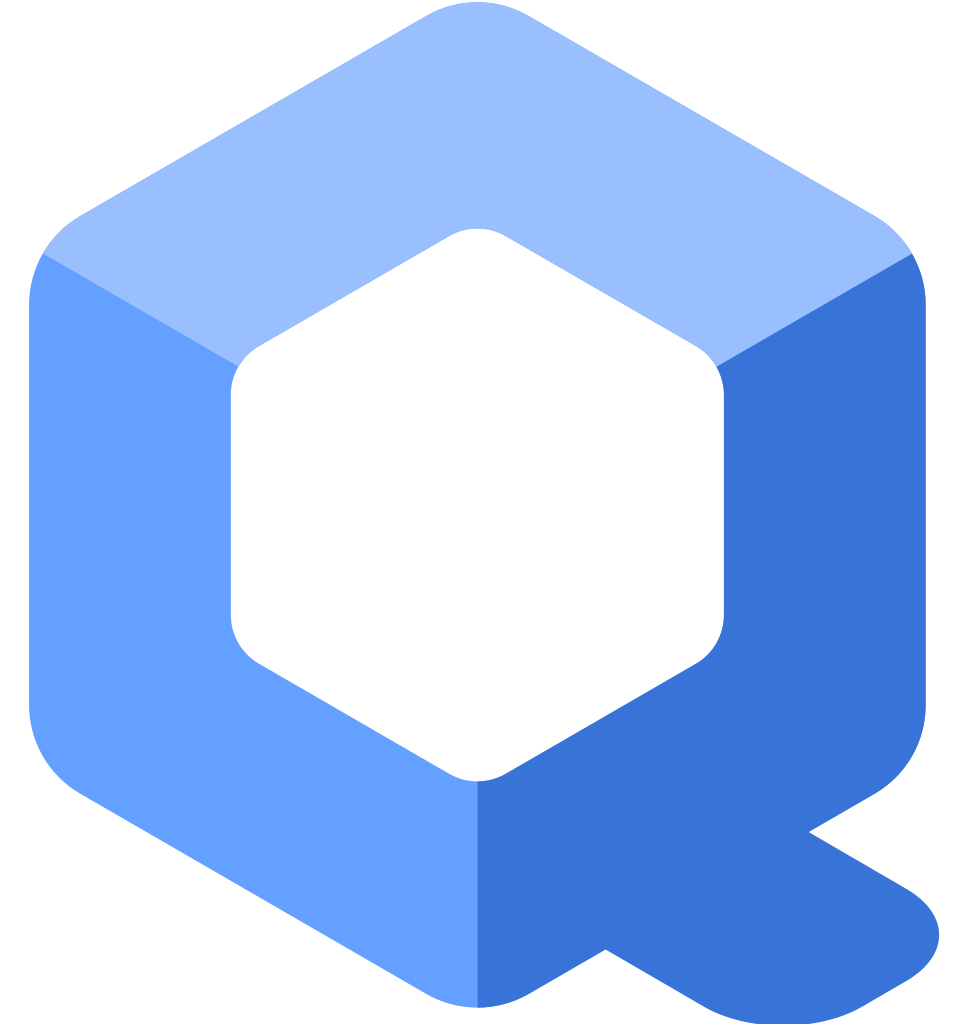
Qubes OS – A reasonably secure operating system
Qubes OS is a security-focused desktop operating system that uses virtualization to compartmentalize tasks into isolated virtual machines called “qubes”. This design isolates different activities, such as banking, work, and personal browsing, so that a compromise in one qube will not affect others. Key features include the use of the Xen hypervisor and a unified desktop environment with color-coded window borders to easily identify qubes of different security levels.
Linux family: Debian, Fedora
Technology: Immutable
Get Qubes OS here: https://www.qubes-os.org/

Whonix – As handy as an app – delivering maximum anonymity and security.
Whonix is a privacy-focused Linux distribution based on Debian that forces all internet traffic through the Tor network to provide strong anonymity. It is composed of two virtual machines, a “Gateway” that routes traffic through Tor and a “Workstation” where you run applications, ensuring that the user’s IP address is hidden even if the workstation is compromised. This setup is designed to prevent IP leaks and protect against various threats to anonymity.
Linux family: Debian
Technology: Stable
Get Whonix here: https://www.whonix.org/

Parrot OS – The ultimate framework for your Cyber Security operations
Parrot OS is a Debian-based Linux distribution built for security, penetration testing, and digital forensics, but also offers a Home Edition for general users. It comes with a wide array of pre-installed security tools and features like AnonSurf for privacy and anonymization, and is known for being lightweight and privacy-focused.
Linux family: Debian
Technology: Stable
Get Parrot OS here: https://parrotsec.org/

Kodachi OS – Innovate, Secure, Repeat
Kodachi OS is a security-focused Ubuntu-based operating system designed for anonymity and privacy. It runs as a “live” OS from a USB drive or DVD, leaving no trace on the host computer unless you choose to install it. Key features include routing all internet traffic through a VPN and the Tor network, a “Nuke” function for self-destruction, built-in cryptographic tools, and various privacy-oriented browsers and applications.
Linux family: Ubuntu
Technology: Stable
Get Kodachi here: https://www.kodachi.cloud/wiki/bina/index.html

Tails – Free the internet
Tails (The Amnesic Incognito Live System) is
a security-focused, Debian-based Linux distribution that runs from a live USB drive and automatically routes all internet traffic through the Tor network. It is designed to be “amnesic,” meaning it leaves no digital footprint on the computer’s hard drive by default, making it ideal for preserving privacy and anonymity. Users can optionally set up an encrypted persistent storage on the USB stick to save files between sessions.
Linux family: Debian
Technology: Stable
Get Tails here: https://tails.net/
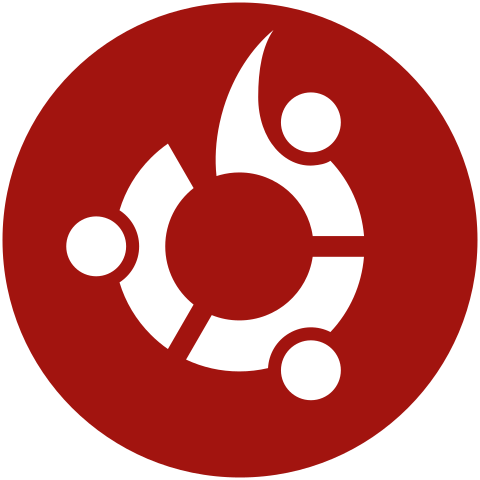
Edubuntu – Freedom for every classroom.
Edubuntu is an official Ubuntu-based operating system specifically designed for educational environments, like schools, and is also suitable for home use. It comes with a curated selection of pre-installed educational software for various age groups and is designed for easy setup and management, allowing teachers with limited technical knowledge to quickly establish a classroom or online learning environment.
Linux family: Ubuntu
Technology: Stable
Get Edubuntu here: https://www.edubuntu.org/

Zorin OS Education – Learn smarter. Achieve more.
Bring lessons to life with the huge library of educational apps and games in Zorin OS Education. It includes software to help teach maths, science, geography, languages, music, and other subjects. Interactive apps let students of all ages grasp new concepts easier, and help make learning more exciting and engaging.
Linux family: Ubuntu
Technology: Stable
Get Zorin OS Education here: https://zorin.com/os/education/
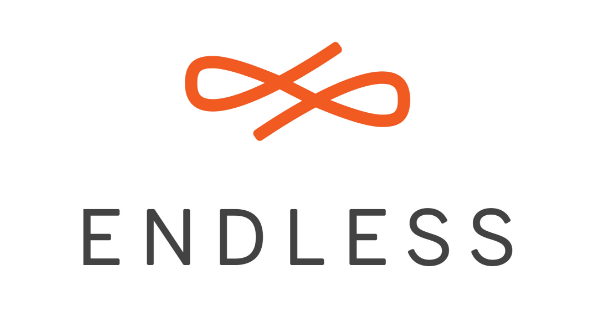
Endless OS – Built to close the digital divide.
Endless OS is a simple, secure, and powerful operating system that works offline, runs on low-cost hardware, and feels as intuitive as a phone. It’s built for emerging markets, safe for families everywhere, and designed to unlock opportunity through education, creativity, and digital skills.
Linux family: Ubuntu
Technology: Immutable
Get Endless OS here: https://www.endlessglobal.com/foundation/access/operating-system

DebianEdu – The Universal Operating System
Debian Edu, also known as Skolelinux, is a free and open-source Linux distribution based on Debian, specifically designed for educational institutions like schools and universities. It provides a pre-configured school network environment out-of-the-box, including educational software packages and essential server services like user management, file storage, and web proxy. Its goals are to simplify the administration of computers in schools and provide an easy way to deploy a complete network with minimal technical knowledge
Linux family: Debian
Technology: Stable
Get DebianEdu here: https://wiki.debian.org/DebianEdu
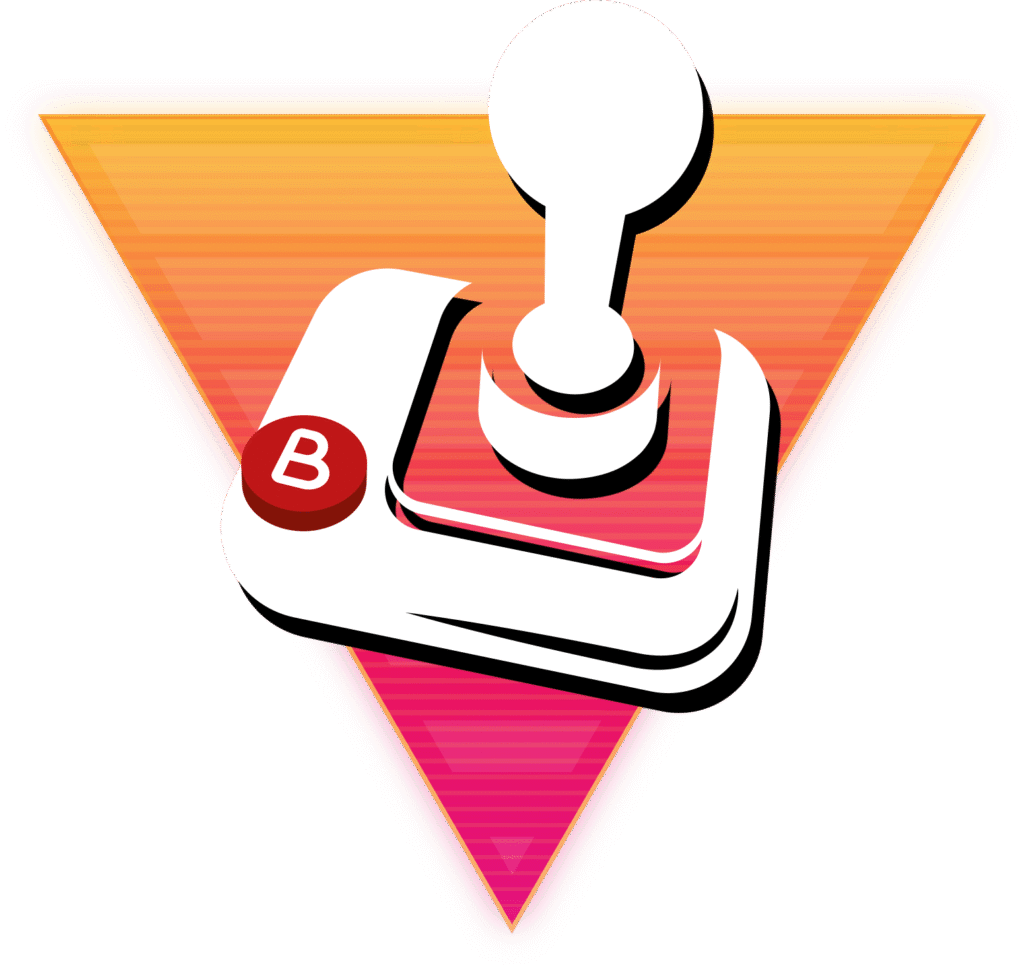
Batocera.linux – Ready to Retro
Batocera.linux is an open-source and completely free retro-gaming distribution that can be copied to a USB stick or an SD card with the aim of turning any computer/nano computer into a gaming console during a game or permanently.
Get Batocera.linux here: https://batocera.org/

Lakka – The DIY open source retrogaming emulation console
Lakka is a lightweight Linux distribution that transforms a small computer into a full blown retrogaming console.
Get Lakka here: https://www.lakka.tv/
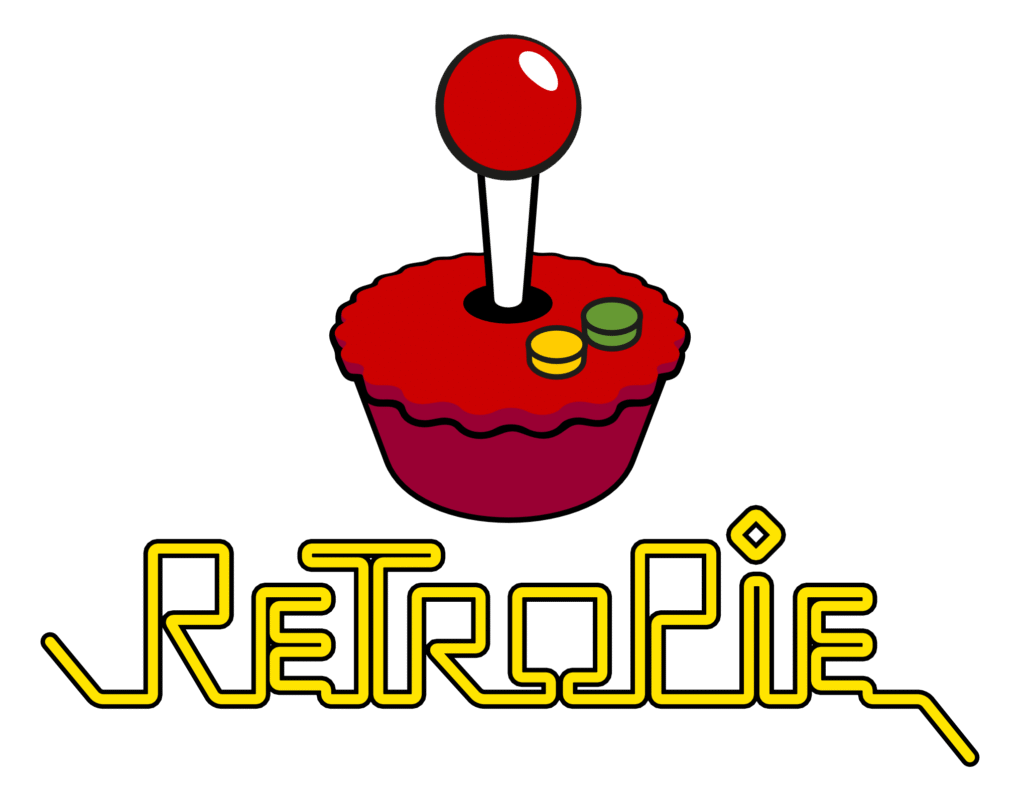
RetroPie – Retro gaming on your device.
RetroPie allows you to turn your Raspberry Pi, ODroid C1/C2, or PC into a retro-gaming machine. It builds upon Raspbian, EmulationStation, RetroArch and many other projects to enable you to play your favourite Arcade, home-console, and classic PC games with the minimum set-up.
Get RetroPie here: https://retropie.org.uk/

ChimeraOS – Bringing the console gaming experience to PC
If you want to play modern games along with the support for retro consoles from a single platform, ChimeraOS can help you out.
While it starts with a Steam picture mode to give you the convenience, you can also play games using GOG, Epic Games Store, and Flathub as well.
Get ChimeraOS here: https://chimeraos.org/
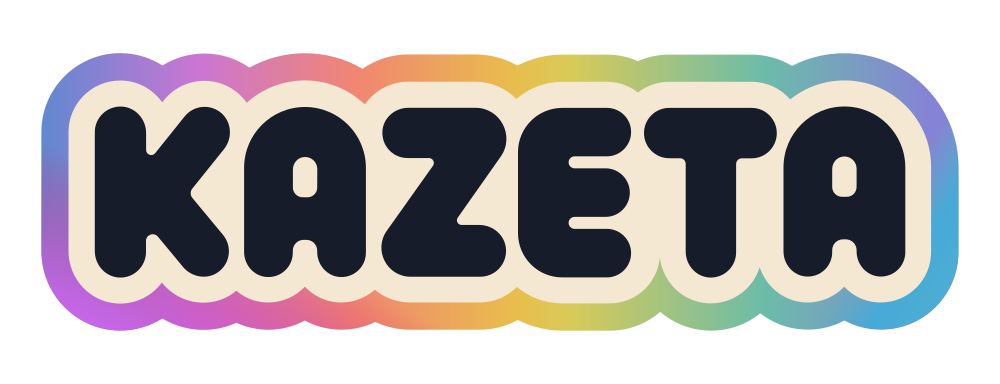
Kazeta – Just Play
An operating system that brings the console gaming experience of the ’90s to modern PC hardware and games: insert cart, power on, play.
New kid on the block! And it has made a great entry with so many news outlets covering it.
Get Kazeta here: https://kazeta.org/
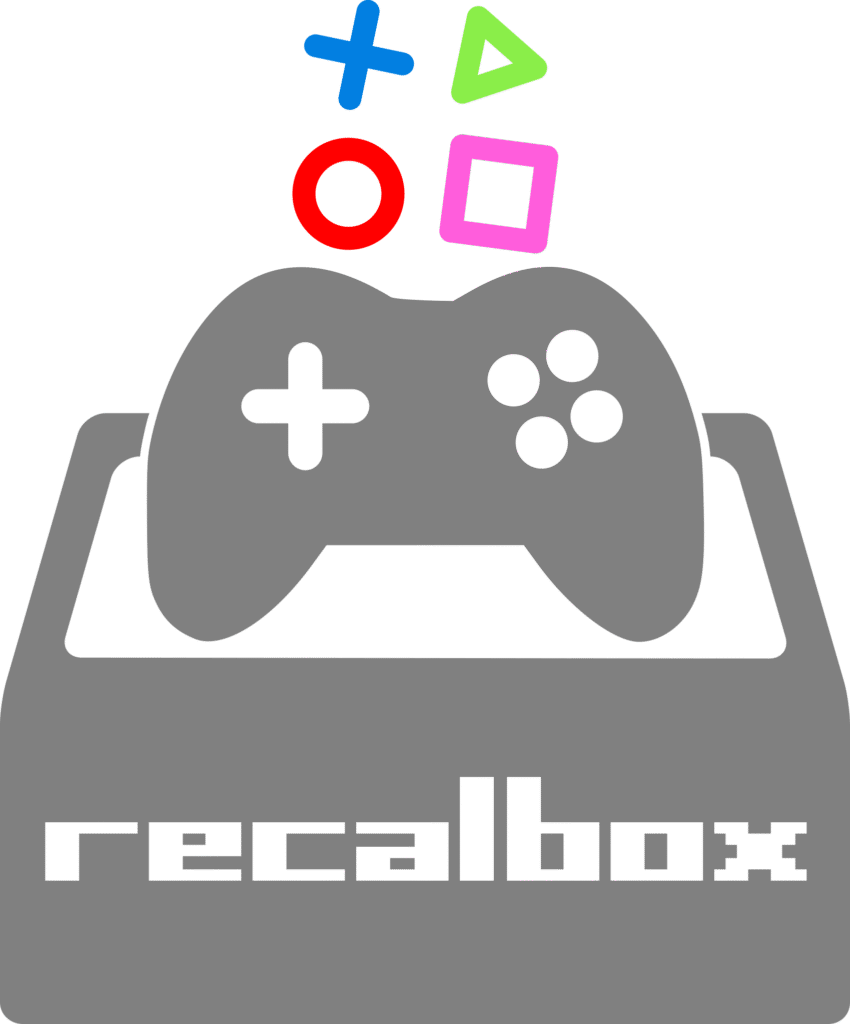
Recalbox – The all-in-one retro gaming console!
Replay all the consoles, arcades, and computers of your childhood.
Get Recalbox here: https://www.recalbox.com/
